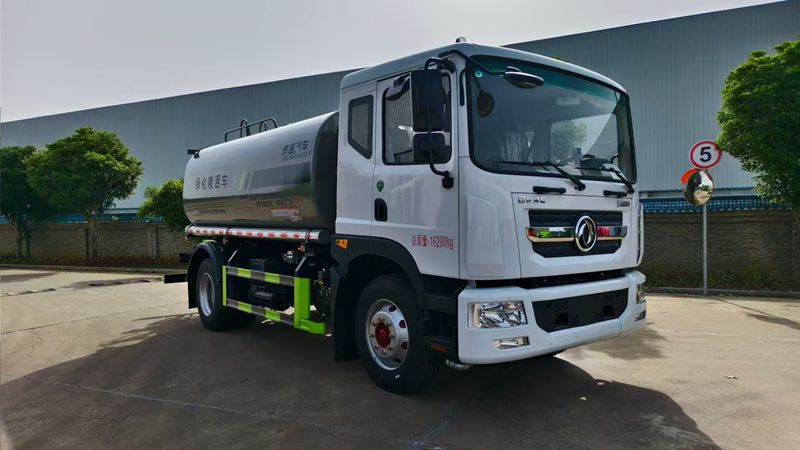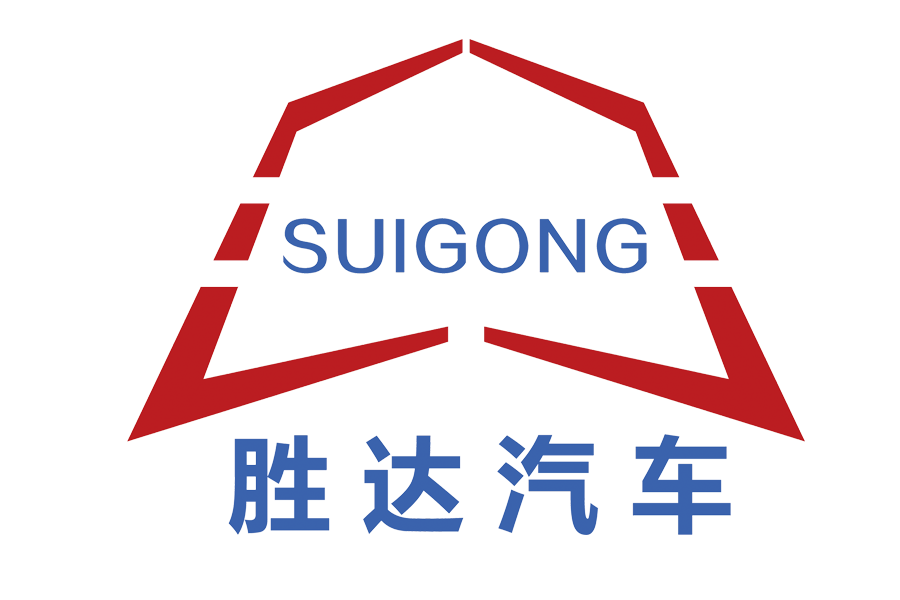Preserving Urban Biodiversity
Sprinkler trucks are playing an unexpected role in supporting urban biodiversity by maintaining critical habitats for pollinators and other wildlife. In London, UK, the city’s sprinkler fleet prioritizes watering “pollinator corridors”—strips of native wildflowers planted along roadsides, in parks, and on roundabouts. These corridors provide food and shelter for bees, butterflies, and birds, helping to reverse declining insect populations. Ecologists report a 40% increase in pollinator activity in areas regularly watered by sprinkler trucks compared to unmaintained sites.
In Melbourne, Australia, sprinkler trucks are used to maintain urban wetlands and retention ponds, which serve as important habitats for frogs, water birds, and aquatic insects. The trucks deliver water to these areas during dry spells, ensuring water levels remain stable and ecosystems remain intact. “Urban wetlands are biodiversity hotspots, but they need consistent water to thrive,” explains an environmental scientist. “Sprinkler trucks are our first line of defense during droughts.”
Enhancing Public Spaces for All
Sprinkler trucks are helping transform public spaces into more inclusive, usable environments for diverse communities. In Toronto, Canada, the city uses sprinkler trucks to maintain accessible green spaces designed for people with disabilities. These include sensory gardens with fragrant plants and smooth pathways, which require regular watering to thrive. The trucks also mist shaded seating areas in parks, creating comfortable spots for elderly residents and those with mobility issues to socialize outdoors.
In Mumbai, India, sprinkler trucks are deployed to clean and refresh public playgrounds in low-income neighborhoods. The trucks wash away dust and debris, making play areas safer for children, while also watering surrounding trees to create natural shade. Local parents note that the cleaned playgrounds have become more popular, encouraging children to engage in physical activity and reducing screen time.
Overcoming Challenges in Resource-Limited Areas
While many cities benefit from advanced sprinkler systems, resource-limited communities often struggle to access even basic services. In Karachi, Pakistan, uneven water distribution means that some neighborhoods receive regular sprinkler visits while others remain dry and dusty. Local activists are advocating for equitable distribution policies, arguing that access to green spaces and clean air is a basic right.
In rural parts of Brazil, where paved roads are scarce, standard sprinkler trucks cannot reach remote communities. To address this, nonprofit organizations have developed modified sprinkler units mounted on small tractors or pickup trucks, which can navigate rough terrain. These mobile systems bring water to community gardens and small-scale farms, supporting food security in isolated areas.
Looking to the Future: Smart, Sustainable Fleets
As cities continue to grow, the role of sprinkler trucks in urban sustainability will only expand. Experts predict that future fleets will feature fully electric vehicles with autonomous navigation capabilities, allowing for overnight operations that minimize traffic disruption. They also foresee greater integration with smart city networks, where sprinkler trucks communicate with weather stations, traffic lights, and waste management systems to optimize routes and resource use.

“Sprinkler trucks are no longer just about watering—they’re about building resilient, livable cities,” says an urban planning expert. “Their evolution reflects our growing understanding of how interconnected urban systems are, and how even simple tools can drive positive change.”
From cooling heat-stricken neighborhoods to nurturing community gardens, sprinkler trucks are proving their value as versatile, indispensable assets in the quest for healthier, greener cities. As technology advances and communities become more engaged, these humble vehicles will continue to play a vital role in shaping sustainable urban futures.

